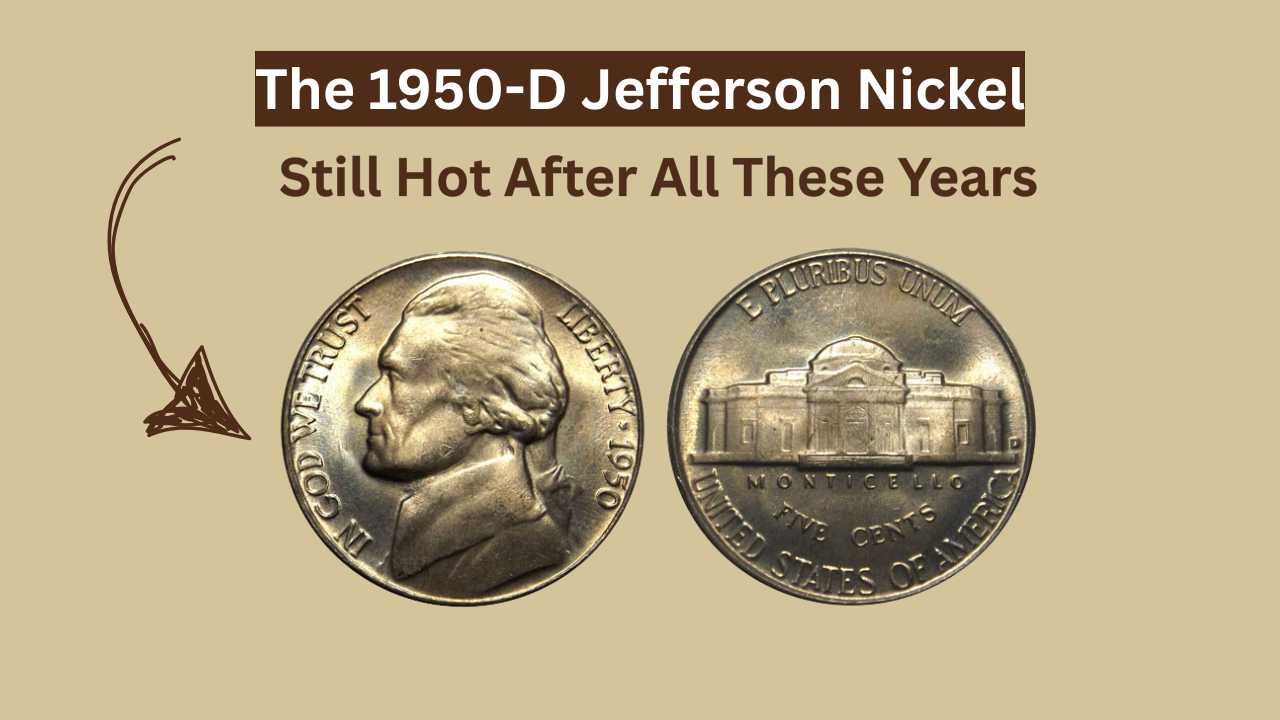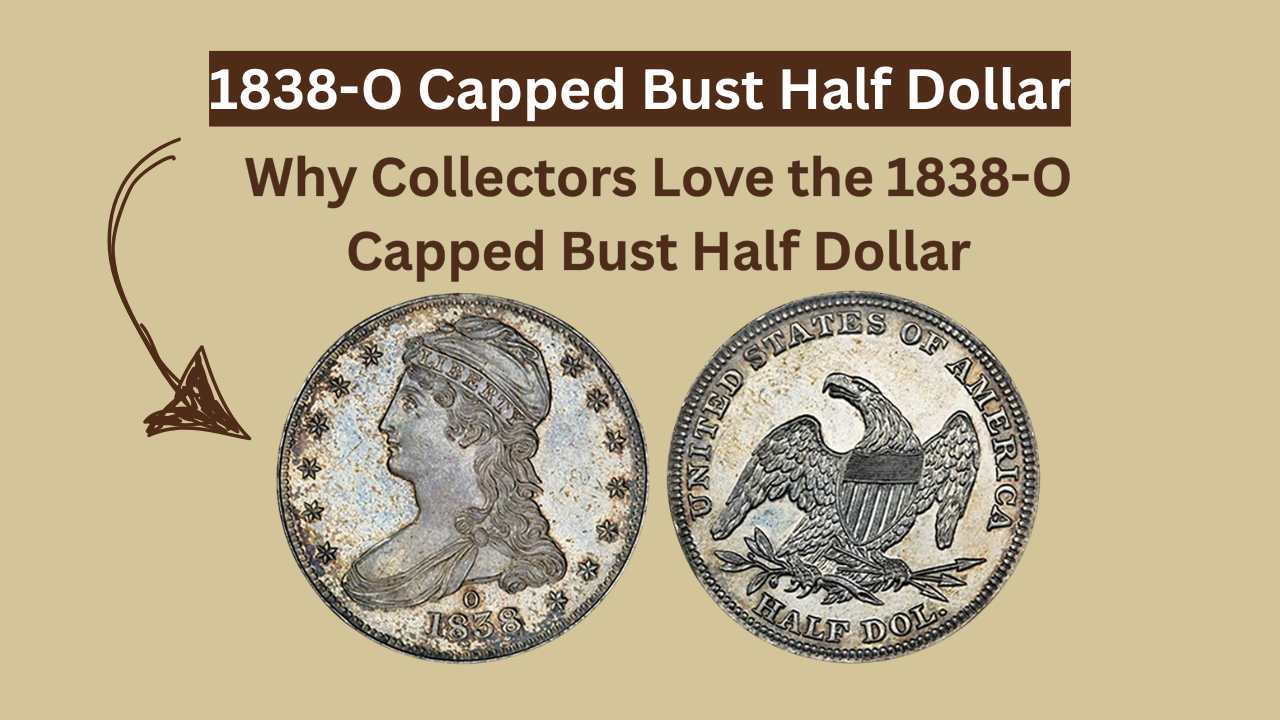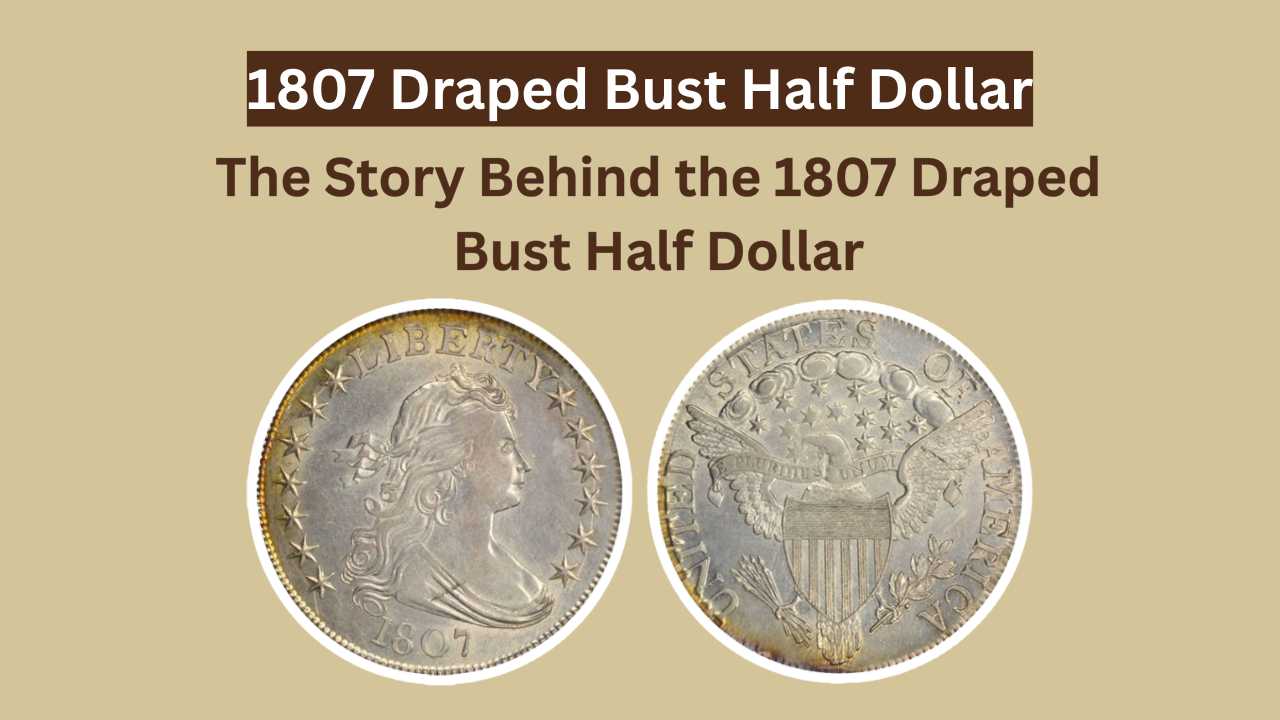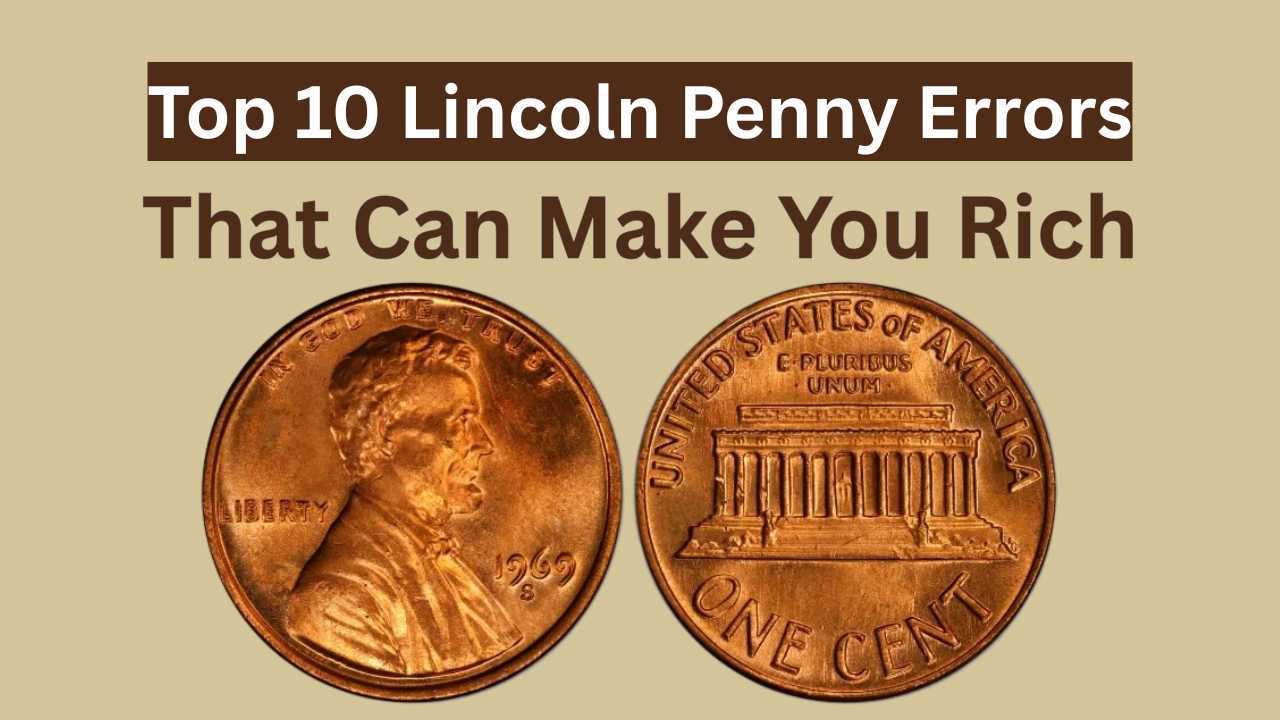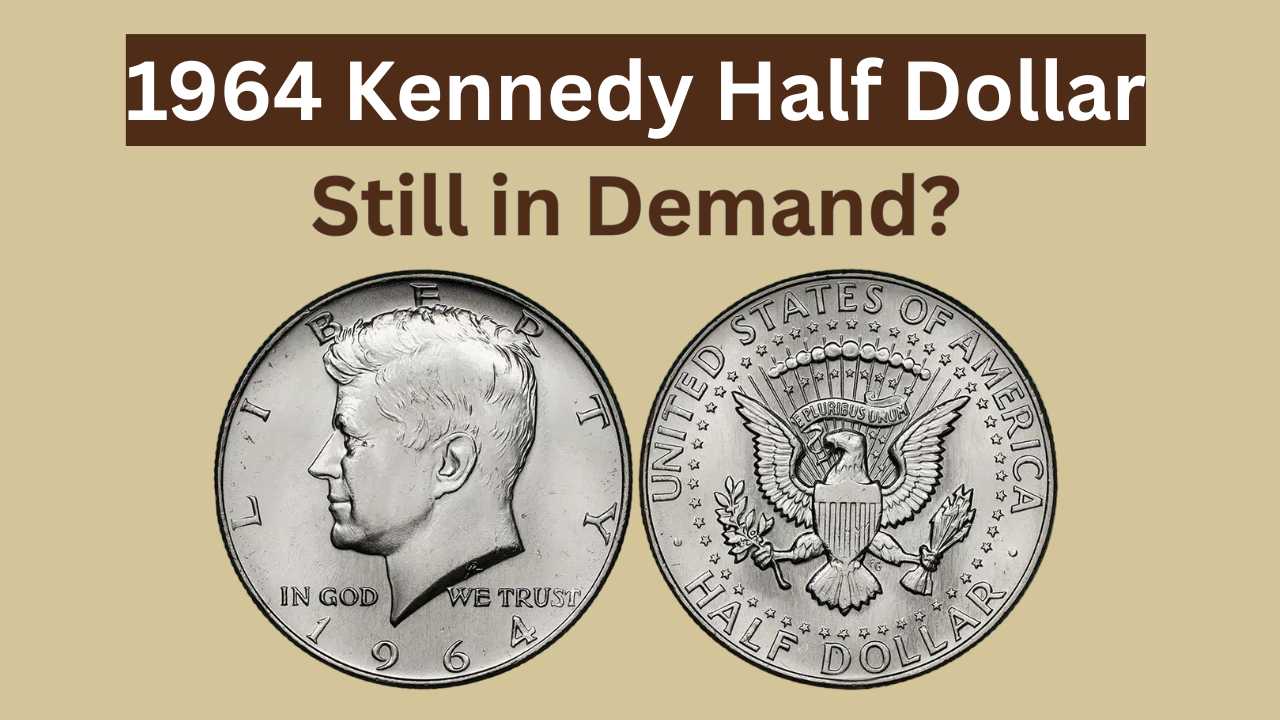
In the heart of American numismatic history, there exists a coin that did more than mark commerce—it ignited controversy, redefined aesthetics, and quietly demanded that beauty and meaning coexist in the smallest corners of our daily lives. The 1916 Standing Liberty Quarter wasn’t just the start of a new design; it was the beginning of a revolution in American coin artistry. With one bold strike of silver, the U.S. Mint sent a message to the world: even a 25-cent piece could carry the elegance of sculpture, the spirit of liberty, and the raw pulse of a changing nation.
This wasn’t just another coin. It was a statement—a 90% silver embodiment of patriotism, defiance, vulnerability, and power. Only 52,000 of them were made. That number alone makes it one of the rarest quarters ever minted for circulation. But its true value lies not in scarcity alone, but in the emotions it stirred, the headlines it generated, and the cultural moment it captured forever in its tiny frame.
The Bold Birth of a New Quarter
By 1916, Americans had grown weary of the aging Barber designs that had dominated dimes, quarters, and half dollars for over two decades. The country was evolving. The industrial age was in full swing, and the echoes of the First World War were growing louder. President Theodore Roosevelt had already sparked the renaissance of American coinage with the Saint-Gaudens gold pieces. Now, the stage was set for something equally daring on smaller change.
The Mint turned to a relatively unknown sculptor named Hermon Atkins MacNeil. His vision wasn’t safe or conventional—it was bold, poetic, and unapologetically classical. He envisioned Lady Liberty not as a quiet guardian but as a fierce sentinel standing tall with a shield in one hand and an olive branch in the other. Clad in a flowing gown that exposed her right breast, she walked confidently between the dual themes of defense and peace—exactly what America needed to embody in that tense pre-war era.
The first few strikes of this quarter in 1916 took the public and press by storm. For the first time in U.S. history, Liberty stood—defiant, proud, partially unclothed, and unashamed. That coin challenged the rigid morality of the early 20th century. It shocked conservative circles, incited editorial debates, and prompted a swift and dramatic design change the following year.
But by then, the original had already been born—and those 52,000 examples would go on to become legends.
When Controversy Fuels Collectibility
The story of the 1916 Standing Liberty Quarter is not just about numismatic rarity—it’s about drama. From the start, it was shrouded in mystery. The Mint made no formal announcement of its release, and the coins quietly entered circulation in December 1916. Many Americans didn’t even know they existed until early 1917, by which time the coin had already ignited national debate over its artistic choices.
Why was Lady Liberty exposed? Was it a mistake? An act of defiance? A failure of censorship? Theories still abound. Some claimed it was an intentional nod to classical Greek statuary, a symbol of purity and strength. Others insisted it was scandalous and demanded modesty. The backlash was fierce enough that by 1917, Liberty was given a chainmail top in the revised version—subtle, but significant. That single alteration sealed the fate of the 1916 design as an irreplaceable moment in coinage history.
For collectors, this is where the coin’s emotional value skyrockets. It’s not just a rare coin—it’s a silenced voice, an unfiltered vision that slipped through before conservatism closed the gates. Owning a 1916 Standing Liberty Quarter is like holding a banned book or a lost manuscript—it’s history that almost didn’t survive.
Table: Quick Comparison – 1916 vs. 1917 Standing Liberty Quarters
| Feature | 1916 Standing Liberty Quarter | 1917 Type 1 Quarter |
|---|---|---|
| Mintage | 52,000 | Over 8 million |
| Liberty’s Breast | Exposed | Covered with chainmail |
| Date Placement | Lower (near base) | Slightly adjusted |
| Edge | Reeded | Reeded |
| Rarity | Extremely rare | Common |
| Value (Mint State) | $10,000 – $100,000+ | $200 – $3,000 |
| Design Controversy | High | Resolved |
This table reveals the stark contrast in both design and rarity. The 1916 version didn’t just look different—it was different. A mintage under 100,000 is incredibly low for any U.S. coin, let alone one of such visual and symbolic power.
From Pocket Change to Power Artifact
Think about this: someone in 1916 might have received a Standing Liberty Quarter as part of a lunch payment. They might’ve slid it across a counter, never realizing that they were parting with a future treasure worth tens of thousands. They didn’t see its rarity. They didn’t sense the storm it would stir. And that’s what makes this coin even more haunting.
Over a century later, it stands as one of the most prized pieces in the numismatic world. Not just because of its mintage, but because of its story. And in a collecting world driven by meaning, narrative, and the echo of cultural relevance, no quarter shouts louder than the Standing Liberty of 1916.
The Legacy It Left Behind
This coin changed the trajectory of American coin design forever. It proved that coins could be more than just functional—they could be controversial, expressive, emotional. They could make statements. Before this, most coinage stuck to portraits and conservative symbolism. After 1916, the bar was raised.
And the Standing Liberty Quarter paved the way. It opened a new chapter where artistry and patriotism were allowed to blend. Future coins, like the Walking Liberty Half Dollar and the Mercury Dime, carried the same artistic fire. Even the modern quarters of today owe something to the risk taken in 1916.
The original quarter’s impact is still felt, not only in its jaw-dropping auction prices but in its legacy of creative courage.
The Final Word: Why It Still Matters Today
The 1916 Standing Liberty Quarter isn’t just a collectible—it’s a cultural relic. It reminds us that art matters. That symbolism matters. That the smallest expressions of freedom—like the pose of a woman on a coin—can reflect the biggest tensions of a society.
It challenges us to look beyond metal and numbers, and into meaning. It teaches us that what’s rare is not just what’s scarce—it’s what dares. And in that way, it speaks directly to every collector, every investor, every historian: you’re not just holding a quarter, you’re holding a revolution frozen in silver.

